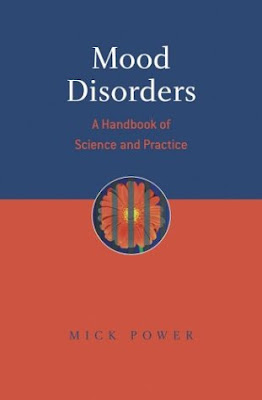
The book is organised into three parts: Part I, Unipolar Depression; Part II, Bipolar Depression; and Part III, General Issues. Chapters in Parts I and II discuss classification, biological models, CBT and other treatment approaches for each disorder. Part II covers approaches to assessment, suicide and depression in older adults. The final chapter offers a summary and suggests new directions for research and practice.
Mood Disorders: A Handbook of Science and Practice Advances in clinical understanding of diagnosis, pathophysiology, comorbidity and treatment are clearly presented.
Strong emphasis on a complex approach to mood disorders, with both psychological and biological perspectives on causes and treatment covered
Addresses issues such as diagnosis, the relation of depression to bipolar disorder and psychotherapeutic treatments.
to see linkes put thankss or good worlds




